Select an Orthopaedic Specialty and Learn More
Use our specialty filter and search function to find information about specific orthopaedic conditions, treatments, anatomy, and more, quickly and easily.
GET THE HURT! APP FOR FREE INJURY ADVICE IN MINUTES
Shoreline Orthopaedics and the HURT! app have partnered to give you virtual access to a network of orthopaedic specialists, ready to offer guidance for injuries and ongoing bone or joint problems, 24/7/365.
Browse Specialties
-
- Foot & Ankle
- Sports Medicine
Achilles Tendon Rupture
An Achilles tendon rupture is a complete or partial tear that occurs when the Achilles tendon is stretched beyond its capacity. Forceful jumping or pivoting, or sudden accelerations of running, can overstretch the tendon and cause a tear. An injury to the tendon can also result from falling or tripping.
More Info -
- Hand & Wrist
Dupuytren’s Contracture
Dupuytren’s contracture is a thickening of the fibrous tissue layer underneath the skin of the palm and fingers. It is a painless condition and not dangerous, however, the thickening and tightening (contracture) of this fibrous tissue can cause the fingers to curl (flex).
More Info -
- Fractures, Sprains & Strains
- Muscle Disorders
- Sports Medicine
Hamstring Injuries
A hamstring muscle injury can be a pull, a partial tear, or a complete tear. Occurring frequently in athletes, these injuries are especially common for participants in sports that require sprinting, such as track, soccer or basketball. Most hamstring injuries occur in the thick part of the muscle or where the muscle fibers join tendon fibers.
More Info -
- Arthritis
- Hand & Wrist
- Joint Disorders
Hand & Wrist Arthritis
There are many small joints in the hand and wrist that work together to produce the fine motion necessary to perform detailed tasks such as threading a needle or tying a shoelace. When one or more of these joints is affected by arthritis, even simple activities can become difficult. Although there are many types of arthritis, most fall into one of two major categories: osteoarthritis and rheumatoid arthritis, or RA.
More Info -
- Pediatric Injuries
- Sports Medicine
High School Sports Injuries
Teenage athletes are injured at approximately the same rate as professional athletes, but because they are often still growing, it is extremely important seek proper treatment immediately. A child’s bones grow at a different rate of speed from that of muscles and tendons. This uneven growth pattern makes younger athletes more susceptible to muscle and tendon injuries, and growth plate fractures.
More Info -
- Foot & Ankle
Morton’s Neuroma
Morton’s neuroma is not actually a tumor—it is a thickening of the tissue that surrounds the digital nerve leading to the toes. Morton’s neuroma most frequently develops between the third and fourth toes, and occurs where the nerve passes under the ligament connecting the toe bones (metatarsals) in the forefoot.
More Info -
- Knee
- Pediatric Injuries
- Sports Medicine
Osgood-Schlatter Disease
In Osgood-Schlatter disease, children have pain at the front of the knee due to inflammation of the growth plate (tibial tubercle) at the upper end of the shinbone (tibia). When a child participates in sports or other strenuous activities, the quadriceps muscles of the thigh pull on the patellar tendon which, in turn, pulls on the tibial tubercle. In some children, this repetitive traction on the tubercle leads to the inflammation, swelling and tenderness of an overuse injury.
More Info -
- Foot & Ankle
- Sports Medicine
Peroneal Tendon Injuries
Basic types of peroneal tendon injuries are tendinitis, acute and degenerative tears, and subluxation. Peroneal tendon injuries occur most commonly in individuals who participate in sports that involve repetitive or excessive ankle motion. People with higher arches have an increased risk for developing peroneal tendon injuries.
More Info -
- Foot & Ankle
- Ligament Disorders
Plantar Fasciitis
Although the plantar fascia is designed to absorb the high stresses and strains placed on the feet, sometimes too much pressure can damage or tear these tissues. The body’s natural response to such an injury is inflammation, which results in heel pain and stiffness of plantar fasciitis.
More Info

